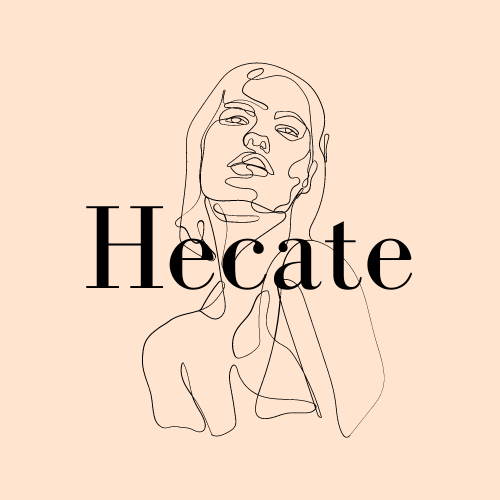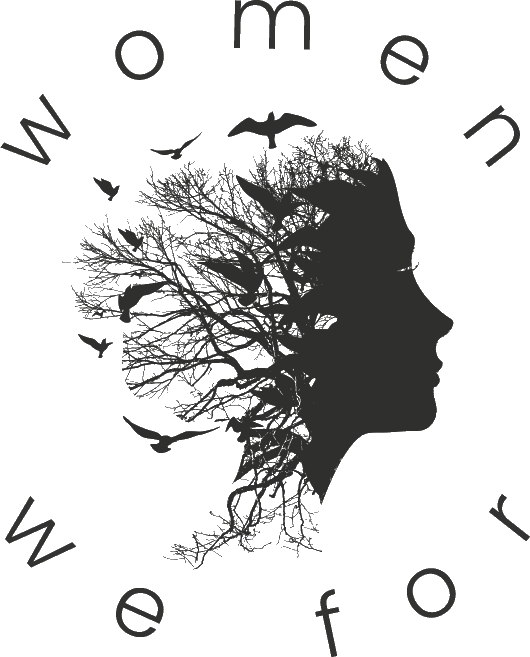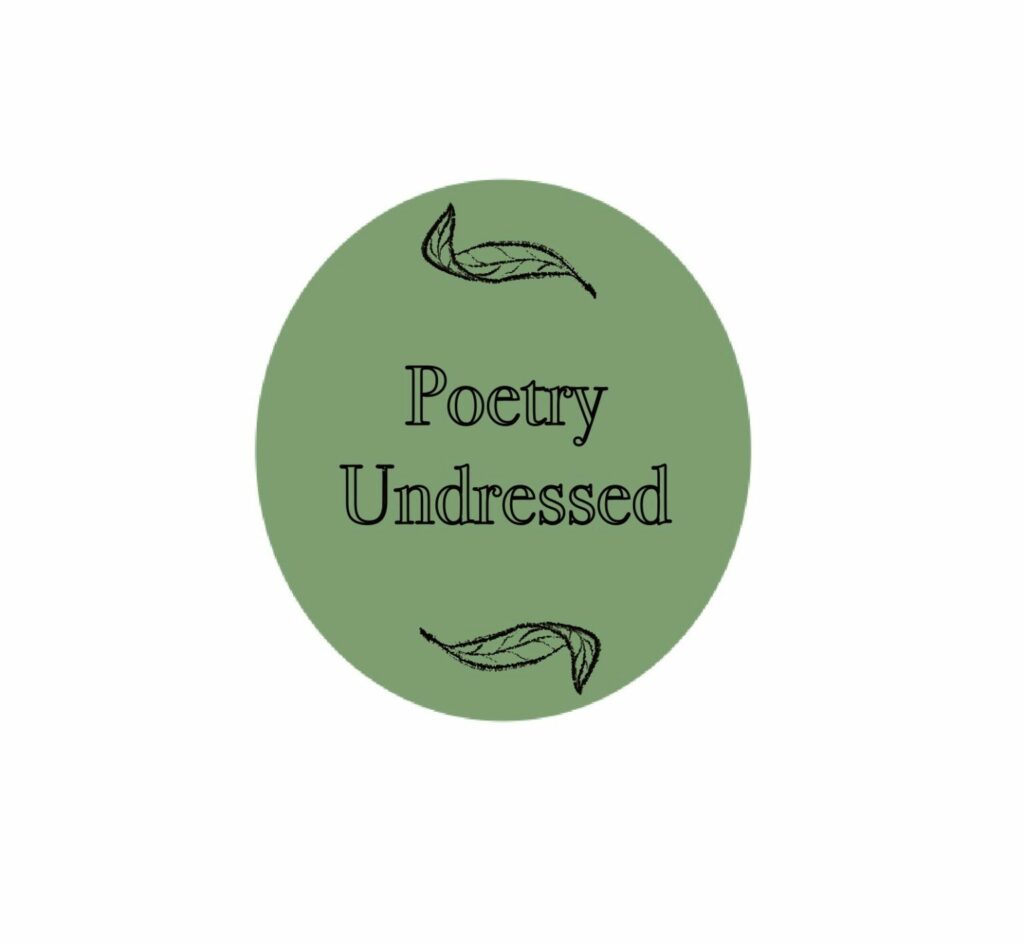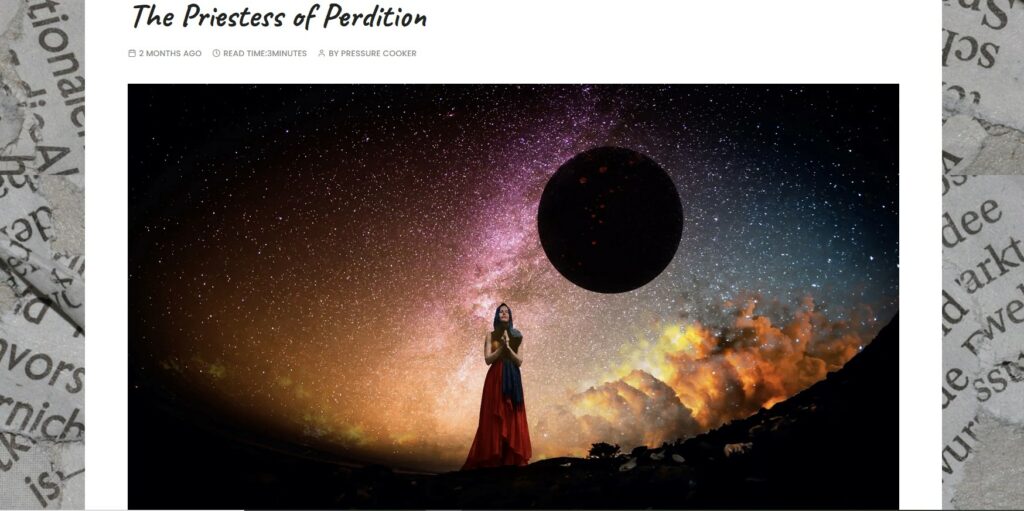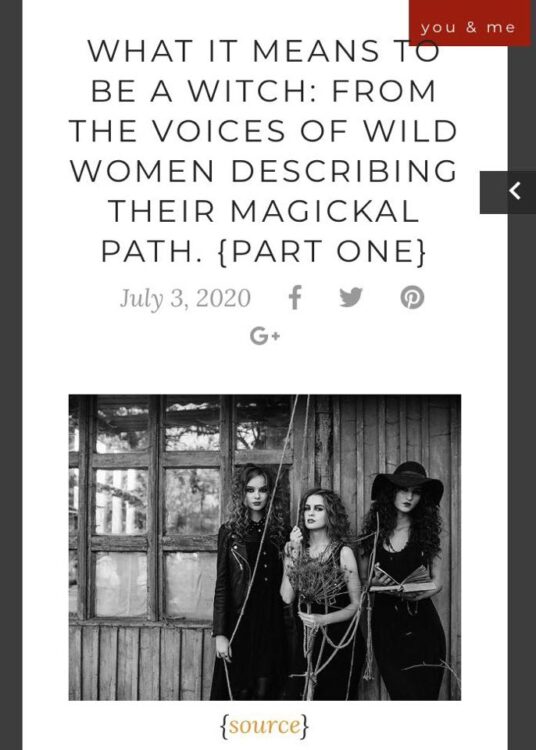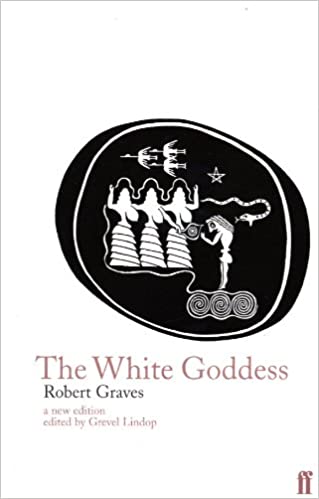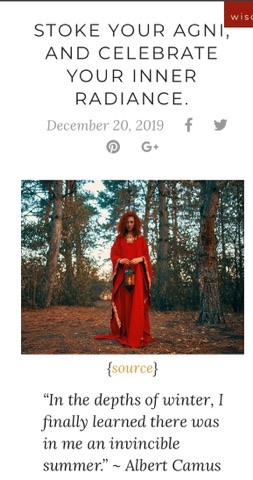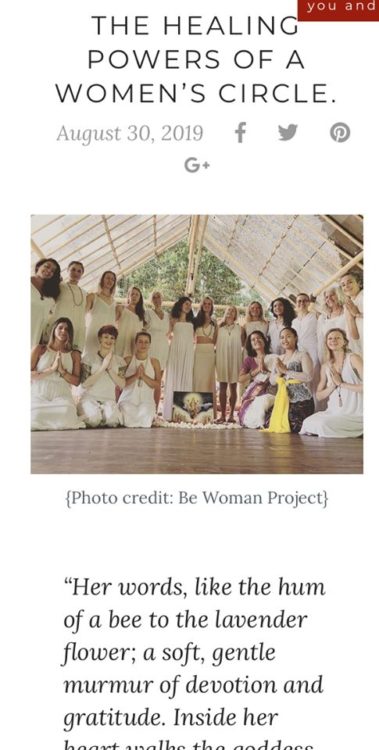Graves’s critical method is quite undisciplined, and the book would have benefited from proper editing; but then again, it probably would have been impossible to edit this book properly. Graves is obsessed with the idea that all ‘true’ poetry is inspired by a ‘single poetic theme’, Goddess-worshship, and his book essentially consists of an unending effort to find evidence for this argument.
The key theme here is the role of ‘The White Goddess’, also referred to as the Triple Goddess, who recurs in most religious pantheons as a mother/wife figure, often in a triple aspect as mother, daughter, and crone (or as maiden, seductress, and hag). The argument is that in matriarchal society, before the development of agriculture and before the Bronze Age, this goddess was a prevailing archetype across most of Europe and indeed the wider world, whose primary position was overthrown by male gods over a period of time due to the rise of patriarchal society and the concomitant development of patriarchal religion. This goddess figure was thenceforth subjugated in her commonly known forms such as Isis, Hera/Juno, Frigg/Freya, etc.
The central idea is that there exists a single fundamental story on a global scale, an essential motif in mythology and in all “true” poetry.
Continue reading →
